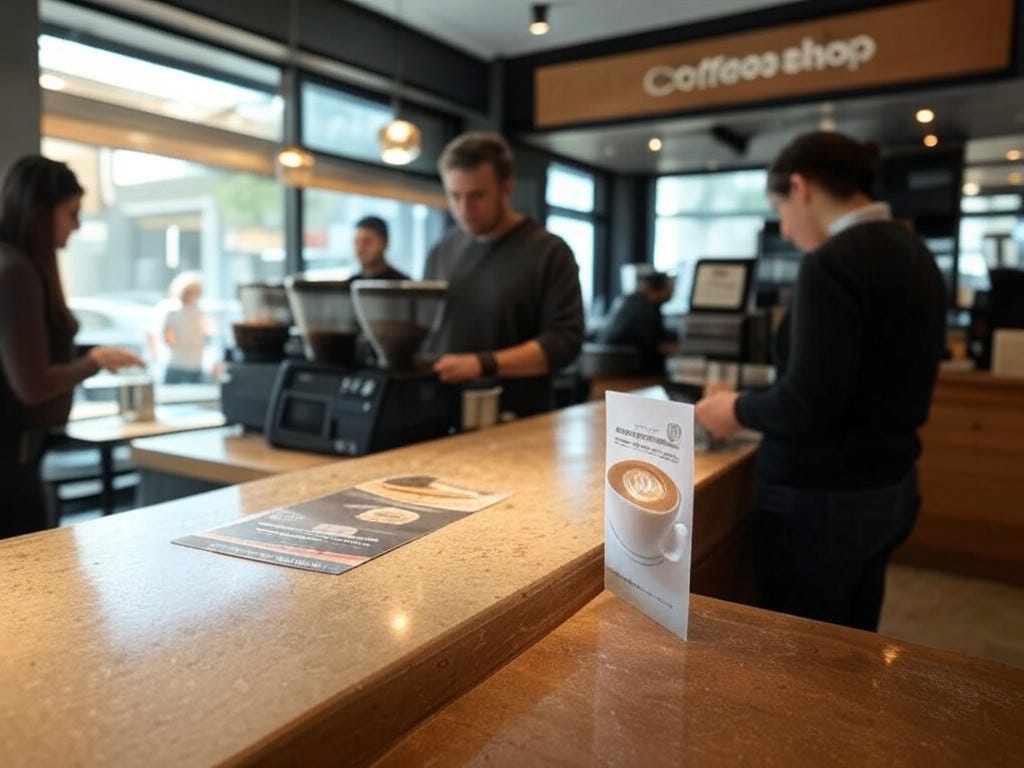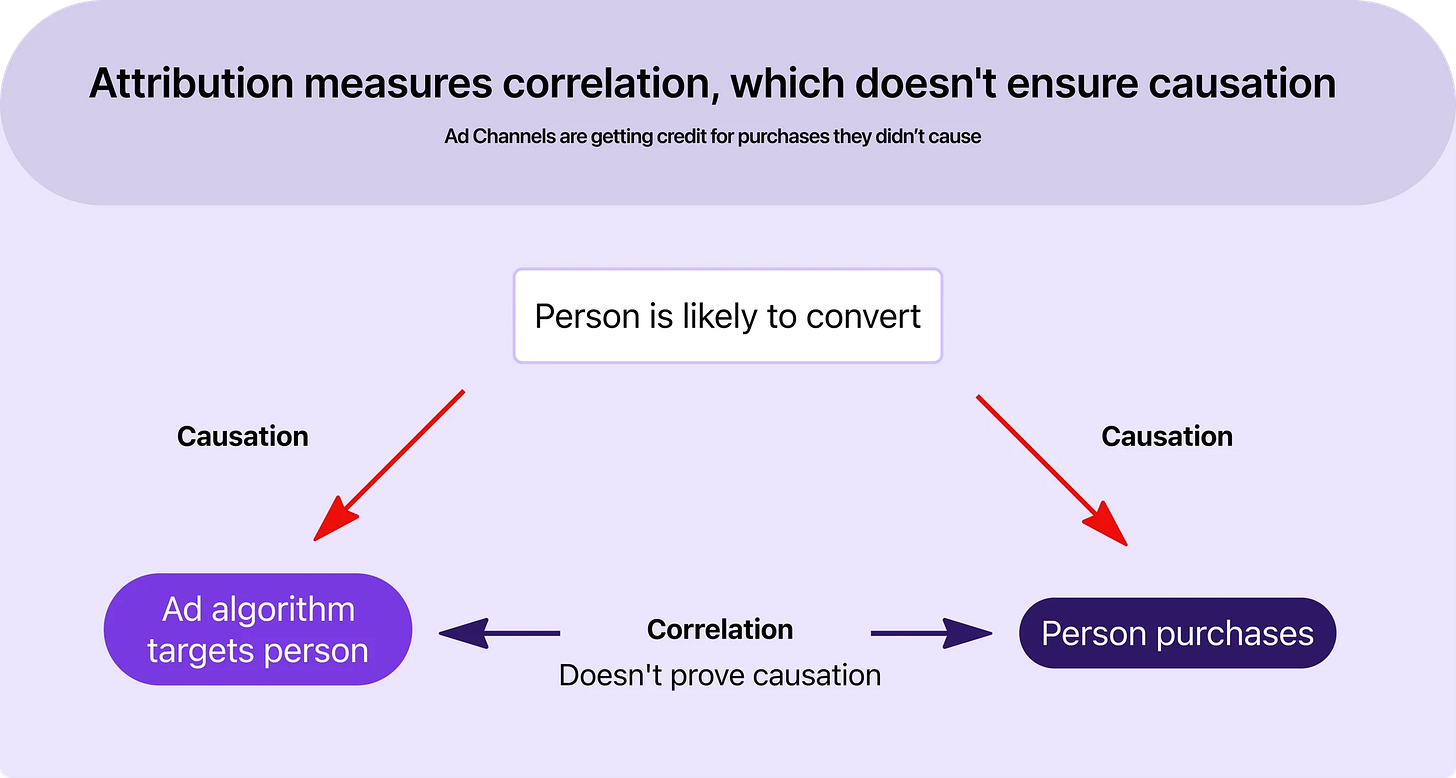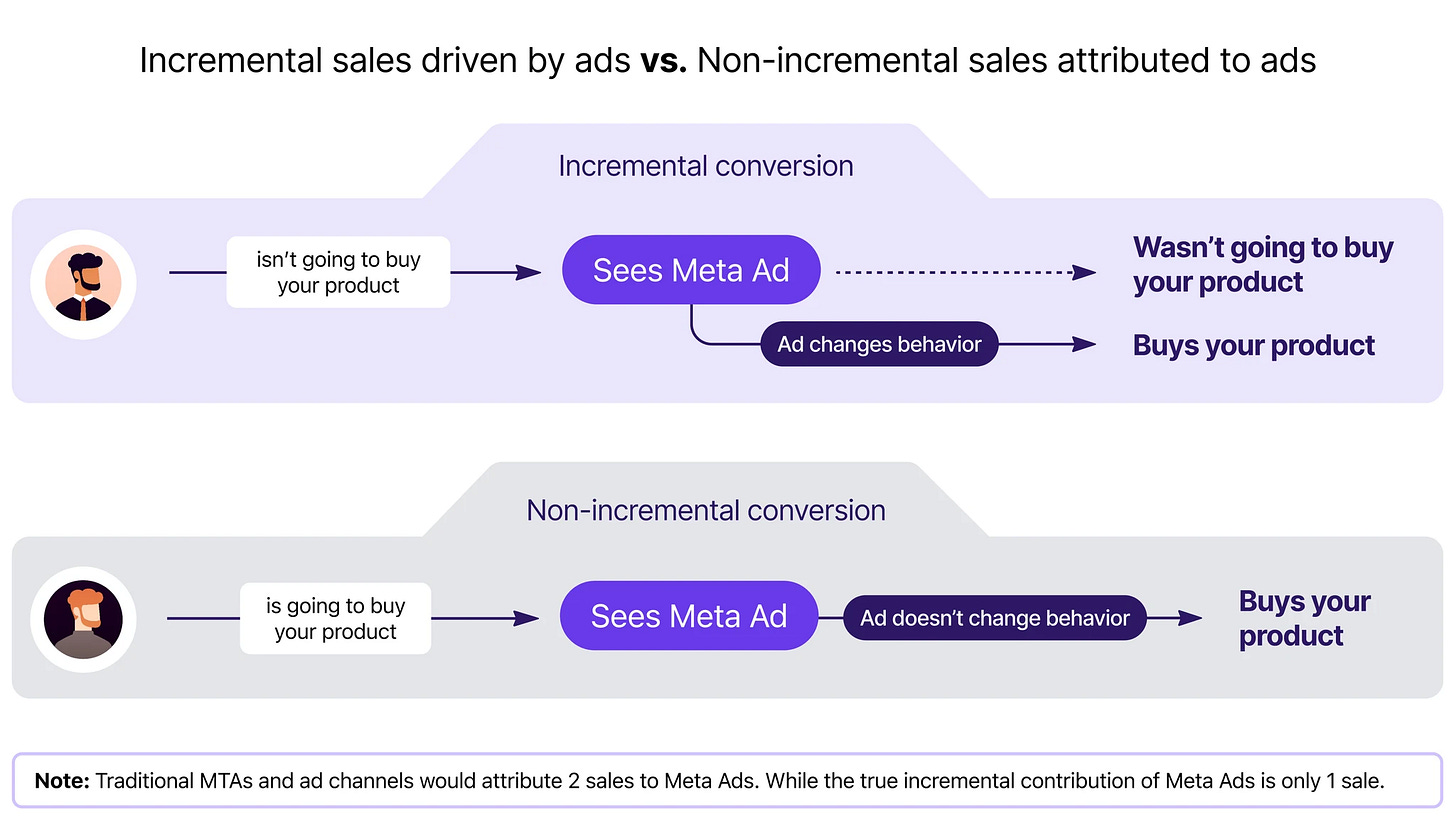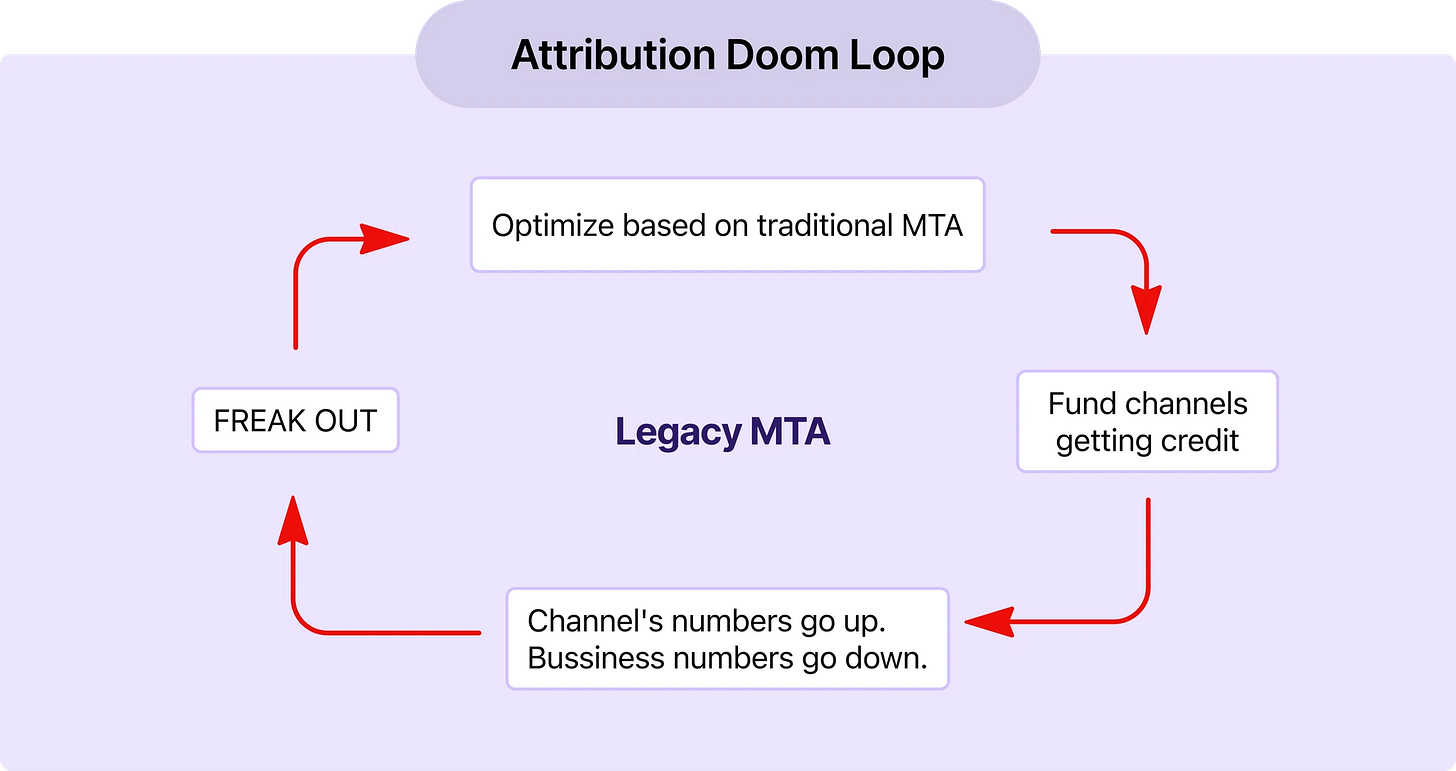Attribution to Incrementality, Correlation to Causation: Upgrade eCommerce Measurement to increase Advertising ROI
Understand with a simple coffee shop analogy
The Coffee Shop Guide to Understanding Incrementality in Marketing
In today's complex digital marketing landscape, understanding the true impact of your advertising spend is more crucial than ever.
Let's explore the critical difference between correlation and causation in marketing measurement through a simple coffee shop analogy.
The Morning Coffee Scenario
Picture yourself walking into your regular café for your morning coffee. You encounter multiple promotional touchpoints:
A banner outside the café
An overhead menu above the counter
A tabletop banner
A menu handed to you by the barista
Here's the crucial question:
Which of these promotional materials actually influenced your purchase decision?
The reality? None of them.
You were going to order your coffee anyway. While these touchpoints correlated with your purchase, they didn't cause it.
The Attribution Problem
This simple scenario perfectly illustrates the fundamental limitation of traditional attribution models. Whether you're using:
Ad platform data
Google Analytics
Third-party MTA tools
They all share the same basic flaw:
attributing success to touchpoints that may have had no real impact on the customer's decision.
Beyond Basic Attribution
Some might argue, "But we're already tracking new customer metrics (NC-CPA, NC-ROAS, aMER etc.)! We use sophisticated data platforms and ad platforms enriched with CAPI provider data!"
While that's a good starting point for small brands with simple marketing structures, it's insufficient for:
7-figure+ brands
Multi-platform advertisers
Businesses with diverse sales channels (DTC, Amazon, TikTok Shop)
The Multi-Channel Reality
Consider how new customers actually discover a business.
Before seeing any in-store promotions, they might have:
Performed mobile searches
Encountered online advertisements
Engaged with social media content
Seen traditional media (print, TV, radio)
This makes it crucial—yet complex—to understand which promotional investments actually drive new customers.
Customers aren't just seeing promotional materials across multiple platforms—they're also buying from different outlets.
Let's say you live near a Cafe Grok but prefer making coffee at home. Then one day at the airport, you spot their outlet and decide to give it a try.
Now, let's examine how you're measuring the impact of your media channels on revenue across DTC, Amazon, TTS, and retail.
The real question is:
Are you tracking correlation or causation?
If you're relying solely on attribution (standard MTA models), you're likely spending money on platforms and campaigns that get credit for purchases that would have happened anyway.
Non-incremental conversions.
The Attribution Doom Loop
Relying solely on attribution models can trap businesses in what we call the "Attribution Doom Loop":
Step 1: Increase spend on channels showing good numbers
Step 2: See those channels improve while overall business declines
Step 3: Double down on "what's working"
Step 4: Experience stalled growth
Shouldn't we focus on whether our advertising truly drives incremental sales—those that wouldn't have happened without the advertising?
That's what really matters.
The Cost of Poor Measurement
The financial impact is significant.
For every $1 million in advertising spend, businesses typically waste up to $400,000 due to attribution model inaccuracies.
That's a 40% margin of error, according to tests by WorkMagic.io.
Moving Toward True Incrementality
The key question businesses should ask isn't "Which touchpoints correlate with sales?" but rather
"Which advertising efforts truly drive incremental sales that wouldn't have happened otherwise?"
The Path Forward
To optimize your marketing spend effectively:
Question your current attribution models
Focus on identifying truly incremental channels
Measure actual business impact rather than correlation
Consider implementing incrementality testing
By shifting focus from attribution to incrementality, businesses can better understand their true marketing impact and optimize their spending for genuine growth.
Have you calculated how much this inefficient spend costs your brand annually?
What potential growth could you unlock by redirecting these resources towards truly incremental channels and strategies that drive genuine business impact?







